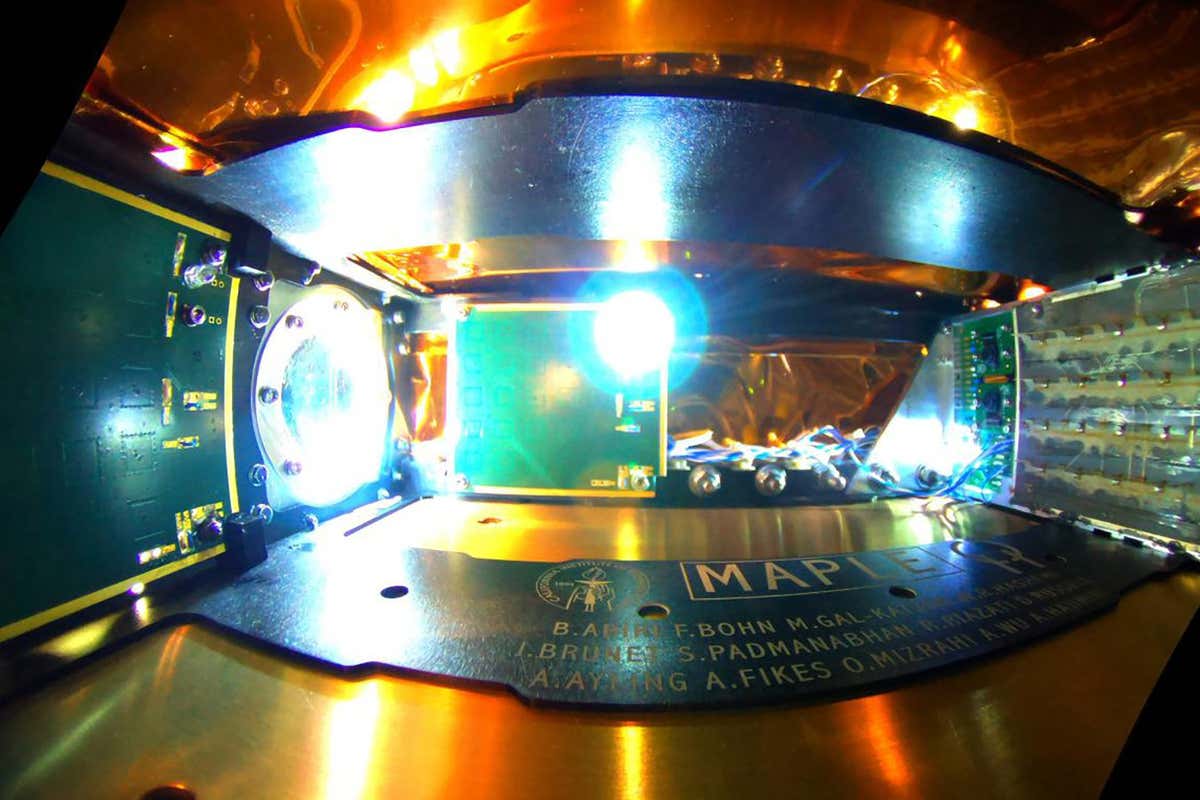The first experiment to transmit power to Earth from space could lead to a space-based solar power station within 10 years, according to one of the researchers involved.
Such a station would benefit from greater exposure to the sun, due to the lack of clouds and atmosphere along with the ability to avoid nighttime darkness. However, the difficulty of designing and making structures large enough to be useful but light enough to launch by rocket has made such a facility impractical.
In a step forward, Ali Hajimiri at the California Institute of Technology and his colleagues launched the Microwave Array Power Transfer LEO Experiment (MAPLE) to space in January 2023. Two months later, they successfully beamed the first power to Earth, after which they ran the experiment for a further eight months.
MAPLE consists of a lightweight array of microwave-producing chips that can direct a beam to a specified location, though it can’t yet generate these microwaves from sunlight.
The team found that MAPLE could send 100 milliwatts of power through space and quickly refocus the beam to new locations. Over the course of the experiment, the team attempted to send power to Earth three times, receiving just 1 milliwatt on the ground each time.
A fully functional system capable of transmitting 100 megawatts, enough to power tens of thousands of homes, would need to be around a square kilometre in size, compared with the 150 square centimetres or so of MAPLE.
“The size of the system is many orders of magnitude smaller than the system that you would need to use for a full-blown application, but the key part here is to have the technology demonstrated in space,” says Hajimiri.
Reference:
Source: Satellite beamed power from space to Earth for the first time ever | New Scientist

Robin Edgar
Organisational Structures | Technology and Science | Military, IT and Lifestyle consultancy | Social, Broadcast & Cross Media | Flying aircraft

